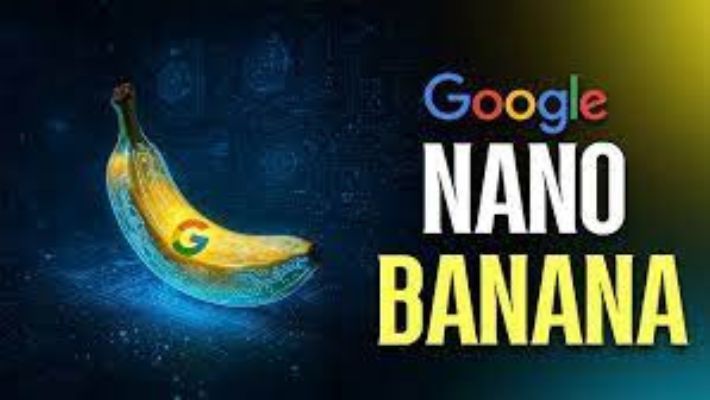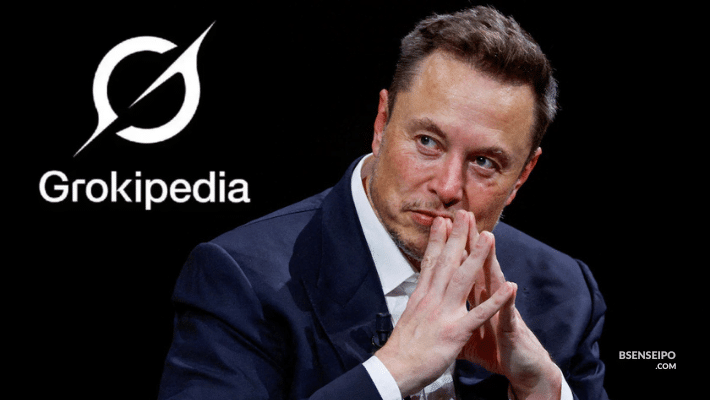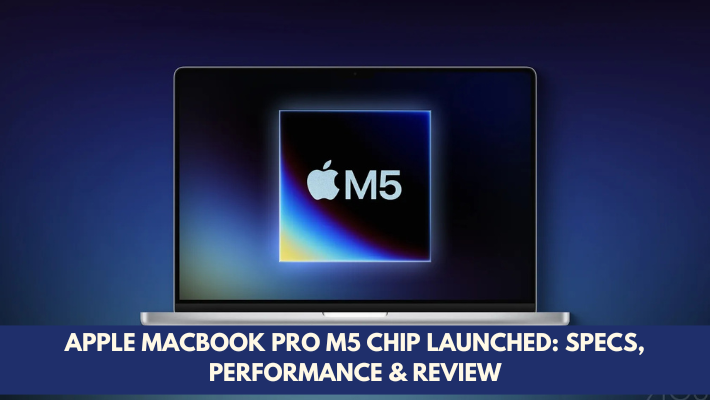Nano Banana Trend Explained: 5 Tips for Perfect 3D Figurines Using Google’s AI Tools
Google’s Nano Banana (Gemini 2.5 Flash Image) trend is converting users’ photos into toy-like 3D figurines, packaged style renders, and stylized avatars. Learn five tips—from lighting and prompt specificity to background and subject consistency—to improve outcomes; plus a comparison chart with past AI image trends. Ideal for creators who want vivid, collectible-quality images without losing identity or realism.
Introduction
A recent trend has swept across social media: everyday users turning selfies, portraits, or photos of pets into collectible 3D figurine-style portraits using Google’s Nano Banana tool (officially Gemini 2.5 Flash Image). The trend is being propelled by creative prompts, striking visual effects, stylized packaging effects, and an ability to preserve identity/likeness even under heavy stylization. However, good results don’t just come by pressing a button. They depend on photo quality, lighting, prompt details, background, and knowing the tool’s strengths and limitations.
With Gemini 2.5 Flash Image (aka Nano Banana), users are transforming selfies and portraits into hyper-realistic 3D figurines; here’s how to get sharp, consistent, creative results (and what limitations to watch out for).
What is Nano Banana / Gemini 2.5 Flash Image
- Gemini 2.5 Flash Image (a.k.a. “Nano Banana”) is Google DeepMind’s upgraded image generation and editing model. It allows users to upload one or more photos and apply changes via text prompts, with improvements in character (subject) consistency, photo blending, stylization, background changes, etc.
- It’s available in the Gemini app, Google AI Studio, and through API for developers. Features include multi-image fusion, targeted edits (background, clothing, pose), and improved maintenance of identity across edits.
- Since launch, there has been a surge in usage: millions of users trying it out; many trending “figurine” images shared widely.
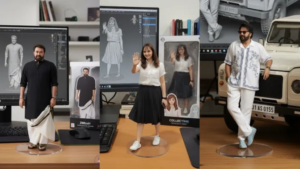
Gemini Nano Banana create 3d Model figure images(AI generated)
Five Tips to Get Better 3D Figurines from Photos
Here are five concrete tips to improve results when turning selfies or photos into 3D figurine-style images using Nano Banana:
| Tip | What to Do / Why It Helps |
|---|---|
| 1. Use high-quality, well-lit photos | Natural daylight or soft, diffuse lighting reduces harsh shadows; high resolution helps the model preserve facial features more accurately. |
| 2. Keep subject clear, front-facing, isolated | A portrait with the face clearly showing, minimal occlusion (no sunglasses, heavy makeup, hats that hide features) helps maintain likeness. Avoid group photos. |
| 3. Clean & simple background | Cluttered or busy backgrounds can confuse the model; simple backgrounds help the subject pop and prevent artifacts. Possibly use prompts that specify “plain background” or “transparent base stand.” |
| 4. Be specific in your prompt | Include style (“realistic figurine”, “anime”, “plastic collectible”), base props (acrylic base, toy box, packaging), pose, color tones, lighting style (studio / cinematic), accessories. More detail = less guesswork by AI. |
| 5. Maintain consistency and multiple angles | If you want multiple images of the same figurine (e.g., for different poses or environments), keep certain elements consistent (same outfit, lighting etc.). Also, try blending or fusing images of your subject from multiple photos to help with consistency. |
What to Avoid & Limitations
- Over-stylization or adding too many conflicting props can reduce subject likeness.
- Low resolution or blurry photos tend to lose detail; the model may hallucinate features.
- Prompt prompts that are too vague cause generic results (e.g. just “3D figurine”).
- Be aware of privacy: images created include visible watermark and invisible SynthID watermark to mark AI-generated content.
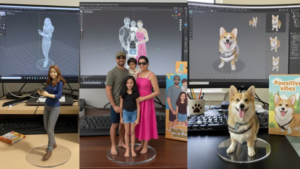
Gemini Nano Banana create 3d Model figure images(AI generated)
Comparison Chart: Nano Banana vs Other AI Image / Figurine Trends
Here’s a comparative view of Nano Banana against previous AI / image-editing / figurine trends to understand what’s similar, what’s improved, and where it stands out.
| Feature / Metric | Nano Banana (Gemini 2.5 Flash Image) | Earlier AI Figurine / Stylization Trends | Typical Strengths | Typical Weaknesses |
|---|---|---|---|---|
| Subject identity consistency | High – model preserves facial features well, even across style changes. | Earlier tools sometimes distorted identity under stylization. | Enables recognizable result even with heavy style. | When detail is low, identity may be lost. |
| Prompt fidelity / control | High – detailed prompts allowed; users can specify props/style/pose. | Less control, more generic styles. | Allows creative outputs with more precision. | Requires more effort / trial and error. |
| Image quality & realism | Strong – textures, lighting, base props often realistic. | Many prior trends more cartoon-ish or stylized. | More appealing visually & higher shareability. | Sometimes uncanny valley; artifacts around edges. |
| Ease of use | Integrated into Gemini app / AI Studio; simple workflow: upload + prompt. | Earlier tools needed more editing / external tools. | Fast creation, lower barrier. | Less flexibility for very specific complex edits. |
| Privacy / watermarking | Has visible watermark + invisible SynthID digital watermark. | Mixed – many not marking content clearly. | Helps with tracking AI-generated content and ethical concerns. | Some users dislike watermark; removal controversy. |
Why Nano Banana Is Resonating
- Viral appeal: The “figurine-on-a-desk” aesthetic, with packaging and toy-box style rendering, makes images highly shareable.
- Blend of creativity + identity: Users like being stylized but still recognizable.
- Prompt engineering becoming more popular: People enjoy crafting imaginative, elaborate prompts to see what the model can deliver.
- Low friction: Minimal technical know-how required; the app’s ease of use is key.
Conclusion
The Nano Banana trend is more than a fleeting filter—it combines high-quality image editing, prompt engineering, and identity retention to create figurine-style images that appeal on both artistic and personal levels. Getting great results depends on good source photos, thoughtful prompts, clean backgrounds, and understanding the model’s strengths and limitations. As AI image tools like Gemini 2.5 evolve, this kind of trend may push forward what we expect from personalized virtual collectibles, avatars, and digital art.

